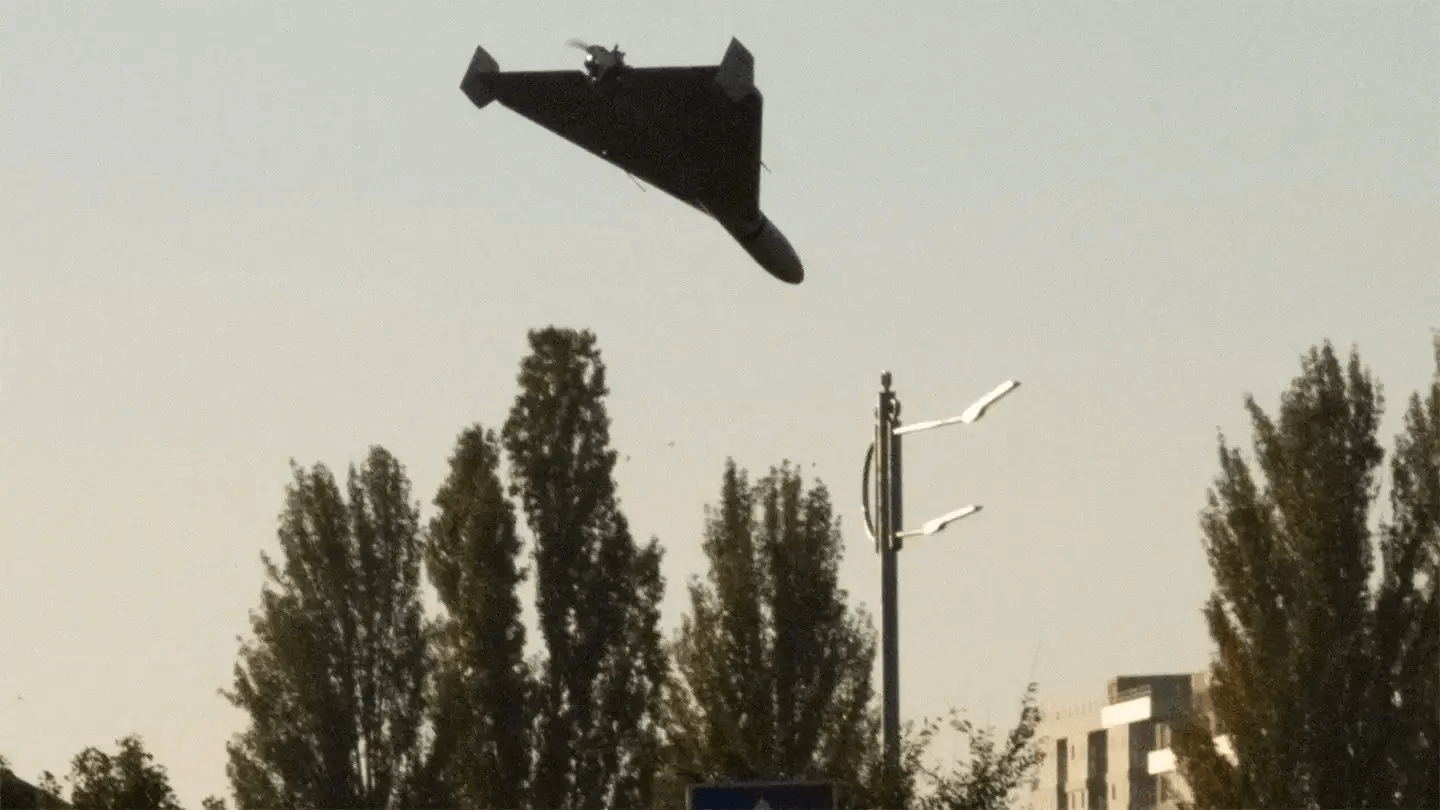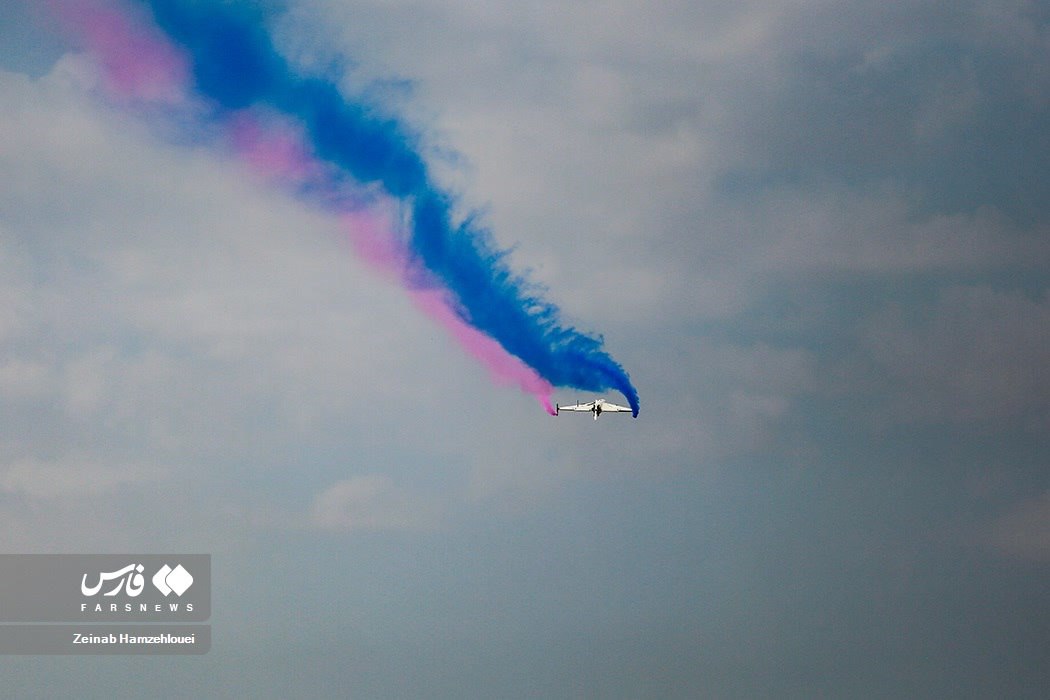A Ukrainian attack on a Russian warehouse set off a chain explosion, reportedly leading to the destruction of 400 Shahed drones. While Ukraine might not have destroyed all of Russia’s Kamikaze drones, it may have made up to 5% of Moscow’s drone fleet.
Since the beginning of the war, the US and Western allies have agreed that Iran’s supply of suicide drones to Russia violates UN sanctions. Also called Geranium-2 by Russia, a UN Resolution bars Iranian transfers of certain military technologies to Moscow.
The drone, which has explosives fitted on its nose, is designed to loiter over a target until it is instructed to attack. With a wingspan of about 2.5 meters, the Shahed-136 is hard to detect on radar and is often sent in waves.
Iran has maintained that it supplied “a small number” of drones to Russia before the war. However, the US and the European Union have accused Iran of sending regular drone deliveries to Russia, and the EU has imposed sanctions in response.
The Shahed drone costs only $ 20,000 and is a cheap option to cause mayhem among the Ukrainian population. Hence the destruction of nearly five percent of all the 440-pound Shaheds is a big tactical victory for Ukraine.
The video of the strike near Oktyabrsky has been released. “An accurate hit on the target was recorded,” the general staff noted. “A secondary detonation was observed.” Oktyabrsky is just 140 miles from the front line in eastern Ukraine.
In a statement on Telegram, Ukraine’s General Staff said the attack struck the base in Yeysk in Russia’s southern Krasnodar region, where 400 Iranian Shahed drones were stored. Video shared on social media showed explosions of a ball of fire lighting up the night sky. According to initial reports, there were no casualties and the fire was localized in 17,000 square feet, the Politika Strani Telegram channel reported.
Blowing up 400 Shaheds should blunt the pace of Russian strikes. “Destruction of the storage base of the Shahed… will significantly reduce the opportunity of Russian occupiers to terrorize civilian residents of Ukrainian cities and villages,” the general staff in Kyiv stated.
It is still not clear how Ukraine managed to detonate the drone stash. However, media reports rule out the use of Western-made munitions like ATACMS or Storm Shadow Cruise Missiles, as the countries continue to deny permission to use these weapons to carry out strikes on Russian soil.

Russia Unveils Missile-Armed KMZ Vizir Sea Drone; Finally Finds An Answer To Ukrainian Lethal USVs
In the past, Ukrainian armed forces have used small arms fire, heavy machine guns, portable anti-air missiles, and electronic jamming devices to try and shoot down drones. However, shooting down drones can be difficult when they are sent in large numbers or “swarms.”
The OSINT Technical account said cruise missiles had successfully hit the facility, causing secondary explosions. The X account Ukraine Battle Map said the attack had been carried out using “long-range kamikaze drones and possibly Neptune cruise missiles.”
LCA Tejas For Indian Navy: DRDO Pushes LCA-N Aircraft To Navy As Delhi Set To Seal Rafale-M Deal
Iranian Drones Terrorizing Ukraine
Shahed drone is a propeller-driven, satellite-guided drone developed by Shahed Aviation Industries in Iran. Russia was first reported to have used a Shahed-136 drone in September 2022, attacking military targets in the Kharkiv region in the east of the country.
Since then, it has used drones to target population centers and power stations to deprive Ukraine of electricity and heating.

In the attacks on December 29, 2023, Ukraine’s military says Russia used a total of 158 missiles and drones. It says it shot down 87 missiles and 27 drones. However, several drones struck the western city of Lviv, damaging residential buildings and a school.
Moscow has been producing copies of the drones at a factory in Tatarstan in eastern Russia. The Kremlin paid $1.7 billion, partially in gold, to secure the license for a local assembly of up to 6,000 Shaheds.
Iran had used the Shahed drones in the September 2019 attack against Saudi Aramco’s oil terminals in Khurais and Abqaiq, temporarily knocking out 5% of the world’s oil supply. Shahed-136 drones are also among the Houthis’ weapons of choice to strike commercial vessels transiting in the Red Sea and Hormuz Strait, wreaking havoc on global maritime trade and connectivity.
With the improvement in the Ukrainian multi-layered counter-drone capabilities, the efficacy of the drones has come down.
Ukraine has worked on its low-tier air defense capabilities by expanding its early-warning network of fixed distributed radar, and electro-optical and acoustic sensors. The Ukrainian military also has set up hit squads under new “mobile fire groups” that specialize in hunting Shahed and other one-way attack drones.
Data by Defense News claims that the interception rate of Shahed UAS has steadily increased in the past five months, with an average of 91 percent since March 2024. By comparison, the average Shahed interception rate during the previous 6 months was 80%, with the highest figure of 83% recorded in November 2023.




